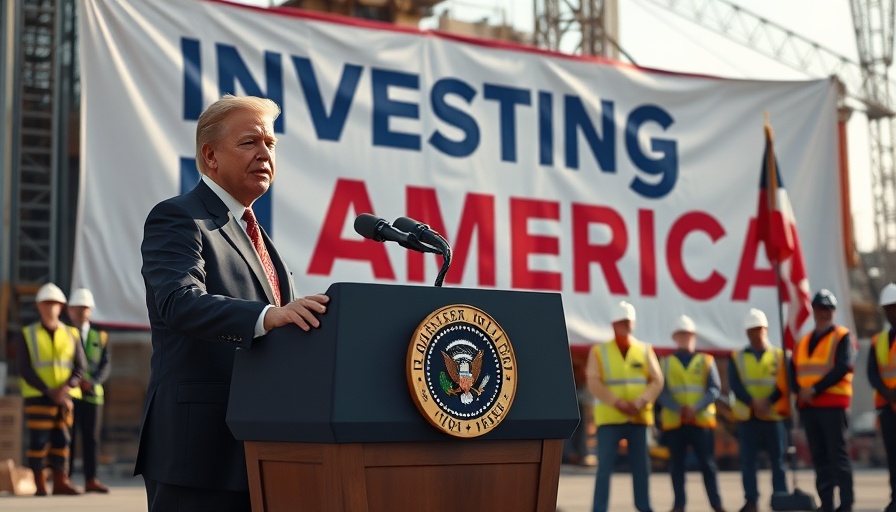
A Breakthrough for Climate Funding in the U.S.
In an unprecedented ruling, a federal judge has commanded the Trump administration to unfreeze billions earmarked for critical climate and infrastructure projects. This decision comes in light of a lawsuit initiated by several environmental nonprofits after the Trump administration halted funding from two significant Biden-era initiatives: the Infrastructure Investment and Jobs Act (IIJA) and the Inflation Reduction Act (IRA). Judge Mary McElroy's temporary injunction represents a significant shift in the flow of federal funds, aiming to restore support for initiatives that safeguard public health and environmental integrity.
The Power Shift: Understanding the Context
The funds in question were initially approved by Congress and designated to support a variety of projects across the nation. These include essential training for workers on lead safety, safeguarding ancient sequoia trees, and addressing wildfire risks. Scott Perryman, the legal representative for the nonprofit plaintiffs, emphasized that unfreezing these funds is vital for reversing the harm caused by the prior administration's freeze. This case exemplifies a broader struggle between legislative intent and executive power, raising critical questions about accountability in governance.
The Legal Landscape: What Happens Next?
The lawsuit filed in U.S. District Court in Rhode Island argues that the freeze violates the Administrative Procedure Act, an essential piece of legislation that governs how federal agencies propose and establish regulations. If the ruling holds through the appeals process, it may set a precedent that reinforces the authority of Congress over executive decisions in the future. However, the outcome still hinges on how the Trump administration responds to this injunction and whether further legal challenges will be launched.
Implications for Communities Nationwide
Environmental nonprofits have voiced their concerns about the repercussions of halted funding. Many projects aim to improve air quality, provide job training, and enhance infrastructure in vulnerable areas. Losing support for such initiatives not only stymies local progress but also has wider implications for environmental justice across the United States. It underscores a critical need for continued public engagement in governmental processes to ensure that essential funding aligns with the needs of the community.
Looking Ahead: The Future of Climate Action
As we look toward the future, the unfreezing of these funds represents an opportunity to capitalize on a renewed commitment to sustainable development and combating climate change. Analysts suggest that restoring this funding could accelerate innovation in green technologies, infrastructure improvements, and workforce training programs that are necessary to uphold public health standards. The ruling serves as a reminder of the importance of holding governmental actions accountable and ensuring that climate initiatives receive the backing they deserve.
Conclusion: A Call for Engagement
The ongoing developments surrounding the released funds draw attention to the crucial relationship between environmental sustainability and community welfare. It encourages citizens to engage with their representatives and stay informed about ongoing legislation that affects their access to crucial resources. The future depends on how effectively we channel these financial resources into sustainable projects that not only protect the environment but also foster economic stability.
 Add Row
Add Row  Add
Add 




Write A Comment